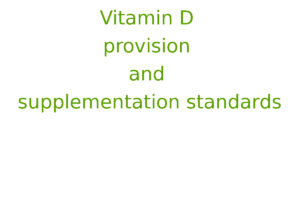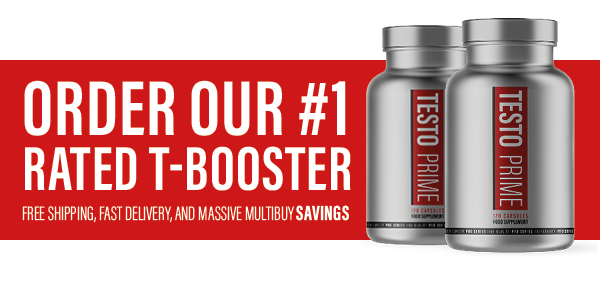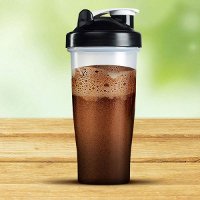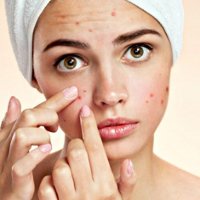Zakład Biochemii i Medycyny Doświadczalnej, Instytut „Pomnik – Centrum Zdrowia Dziecka”
The problem of vitamin D deficiency seems rather as an endocrine than nutritional issue. 1α,25-dihydroxyvitamin D [1α,25(OH)2D], an active form of vitamin D, is a member of genome operated hormone superfamily, but the only one , which synthesis is permanently limited by substrate shortage 25(OH)D. Therefore, proper serum 25(OH)D concentration is the primary target, and achievement and maintenance of proper vitamin D status is crucial for vitamin D effectiveness and health benefits.
Material and methods
Systematic literature analysis based on MEDLINE.
Results
A target range of 30-80 ng/ml serum 25(OH)D concentration is recommended as effective and safe that was evidenced by studies of: a) highly sun exposed study cohort data, b) kinetic data concerning Km = 40 ng for 1-alfa-hydroxylase (CYP27B1). Serum 25(OH)D values below 36 ng/ml were associated with preventable disease, therefore, should be considered as indicative of vitamin D deficiency. The upper 25(OH)D normal concentration was set at 90 ng/ml, although toxicity incidents were rare below 200 ng/ml. Assessment of serum 25(OH)D level using the automatic systems (detecting both 25(OH)D2 and 25(OH)D3) with inter-assay CV < 8% in labs subjected to the DEQAS system (The International External Quality Assessment Scheme for Vitamin D Metabolites) must be considered as standard and indication of GLP. Because the rate of response to vitamin D supplementation depends on baseline 25(OH)D concentration and body composition factors (body weight, BMI), the concept of tailored intervention was proposed in patients at vitamin D deficiency risk. Skin synthesis of vitamin D should be kept in mind as a natural and safe source of vitamin D.
Conclusions
25(OH)D concentration at range of 30-80 ng/ml indicates adequate body provision in vitamin D that assure human body with adequate substrate concentration for endocrine and paracrine 1,25(OH)2D actions that lead to health benefits. Effective screening policy of vitamin D deficiency in defined risk groups of patients seems as an important endocrine issue.
The original text taken from a:
Borgis - Postępy Nauk Medycznych (3/2012, s. 265-272)
Translations
| The article "Vitamin D provision and supplementation standards" in other languages | |
|---|---|
| Zasady suplementacji i standardy oceny zaopatrzenia organizmu w witaminę D w świetle jej działania plejotropowego (Paweł Płudowski, Edyta Kryśkiewicz, Elżbieta Karczmarewicz) po Polsku: Zasady suplementacji i standardy oceny zaopatrzenia organizmu w witaminę D w świetle jej działania plejotropowego Zakład Biochemii i Medycyny Doświadczalnej, Instytut „Pomnik – Centrum Zdrowia Dziecka” |  |











